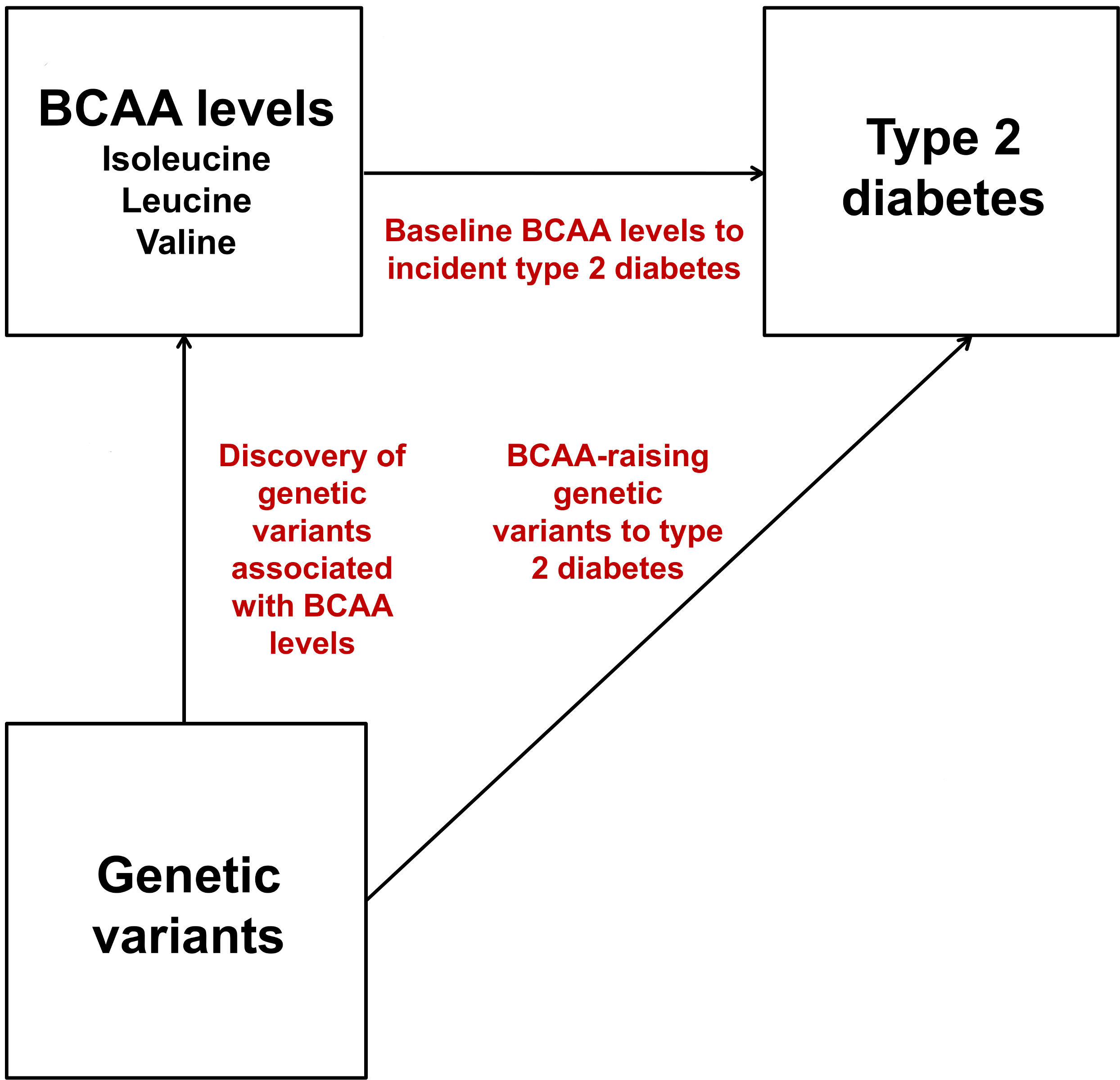Search Product
Structure Search
Search
Advantage Products
Location: Industrial Info
Impaired Metabolism of the Branched-Chain Amino Acids Increase Risk of Type II Diabetes
2016-12-01
来源:转载自第三方
1 December 2016
.jpg)
Recently, a new study, “Genetic Predisposition to an Impaired Metabolism of the Branched-Chain Amino Acids and Risk of Type 2 Diabetes: A Mendelian Randomisation Analysis”[1], was published in the international academic journal PLOS Medicine. The researchers find that genetic variation is associated with higher levels of branched-chain amino acids isoleucine, leucine, and valine, and these genetic variations are also associated with an increased risk of type II diabetes.

Branched-chain amino acids (BCAAs)——isoleucine, leucine and valine——play an important role in the metabolism of human body. They are not only the raw materials of protein synthesis, but also can promote the release of insulin and growth hormone. Unlike other amino acids, these amino acids can not be synthesized by the human body, and their levels in the body are completely dependent on external sources such as food or dietary supplements.
The higher circulating levels of branched-chain amino acids are strongly associated with a higher risk of type II diabetes, but it is not known whether this association is causal. In this study, the researchers solved this problem by conducting large-scale human genetic analysis. Researchers studied more than 10 million genetic variants of 16,696 participants and found five regions of the human genome that are associated with higher levels of branched-chain amino acids in the blood, including a gene called PPM1K, PPM1K has strongest correlation with three branched-chain amino acid levels, and also increased the risk of type 2 diabetes: the gene encoding product is regulatory factor for a key step of branched-chain amino acid decomposition process. This certificates that damage to these branched-chain amino acid degradation processes may increase the risk of type 2 diabetes.
At present, in addition to a reasonable lifestyle, there is no targeted drugs can reduce the risk of type 2 diabetes. Marketed hypoglycemic agents, including α-glucosidase inhibitors, metformin, sulfonylureas, thiazolidinediones, and DPP-4 inhibitors such as vildagliptin (intermediate 3-amino-1-adamantanol), are blood sugar control agent for individuals who are already diagnosed diabetes.
This study demonstrated a strong causal link between the break-up of branched-chain amino acids and type II diabetes, and in the future can prevent diabetics by altering dietary intake and metabolism of these amino acids. In addition, the development of targeted treatment of branched-chain amino acid metabolism is also expected to help reduce the risk of diabetes, clinical trials can further clarify whether the target of branched-chain amino acid metabolism of drugs can reduce the risk of type 2 diabetes. If the trial is successful, the worldwide number of diabetes patients will greatly reduce.
References
[1] Luca A. Lotta, Robert A. Scott, Stephen J. Sharp, et al. Genetic Predisposition to an Impaired Metabolism of the Branched-Chain Amino Acids and Risk of Type 2 Diabetes: A Mendelian Randomisation Analysis. PLOS Medicine, 2016 , Doi: 10.1371/journal.pmed.1002179.
Related links: 3-amino-1-adamantanol
Edited by the Editorial Office of Suzhou Yacoo Science Co., Ltd.
如果涉及转载授权,请联系我们。












